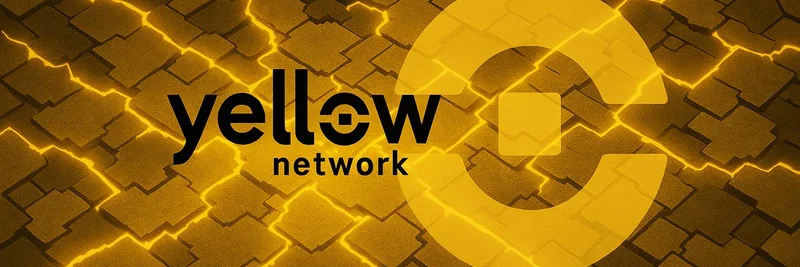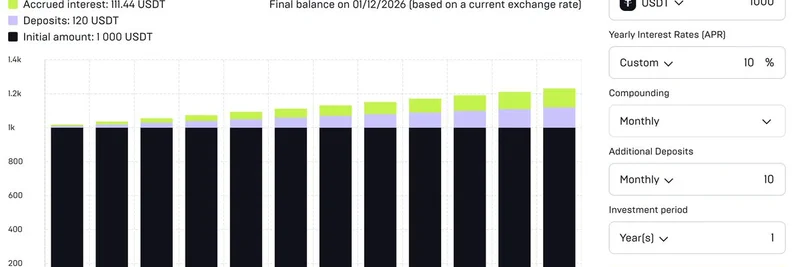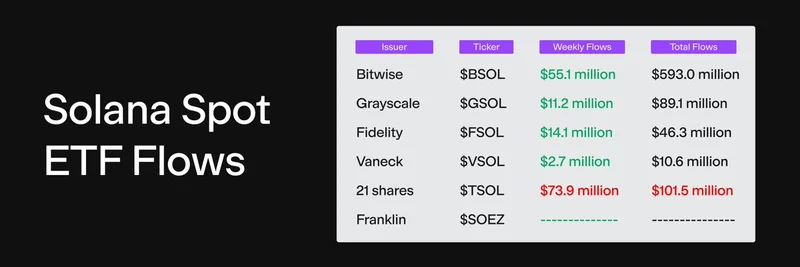If you've been in the crypto space for a while, you know the drill: exciting promises of borderless finance, but in reality, it's a patchwork of isolated blockchains where liquidity gets stuck and transactions drag on. That's the fragmentation crisis that's been holding back Web3. But a recent thread from Kevin of When Shift Happens Podcast shines a light on a project that's aiming to change all that—Yellow Network.
As someone who's covered the ins and outs of crypto at CoinDesk, I can tell you this isn't just hype. Yellow is building a Layer-3 clearing network that's designed to connect these fragmented chains into one smooth, efficient system. Let's dive into what this means and why it's a game-changer.
Understanding Crypto's Fragmentation Problem
Crypto was supposed to make money move freely, without borders or barriers. Yet, here we are, with each blockchain acting like its own little kingdom. Liquidity—basically, the available money or assets for trading—gets trapped in these silos. Traders jump through hoops with bridges, which are often slow, expensive, and risky. Developers struggle to scale their ideas because everything's so disconnected.
As Kevin puts it in his thread, this is one of the biggest structural flaws in Web3 today. Layer-2 solutions have helped with speed and costs on individual chains, but they don't fix the bigger issue of interoperability. That's where Yellow steps in, creating a unified Layer-3 clearing network that eliminates the constant need for bridging and slashes latency in cross-chain transactions.
Drawing from The Block's research, Yellow connects disparate blockchains, allowing for instant, secure interactions without the usual friction.
How Yellow's State Channel Technology Works
At its core, Yellow borrows a page from traditional finance but makes it decentralized. In the old banking world, systems like SWIFT handle messaging, clearing nets out transactions, and settlements happen efficiently at the end. Yellow does something similar on-chain using state channels.
State channels are like private off-chain tunnels between participants. Brokers open collateral-backed connections, and trades or payments happen instantly without clogging the main blockchain. Only the final net settlement gets recorded on-chain. This cuts down on fees, reduces congestion, and keeps everything secure.
Yellow's network is powered by ClearNodes—specialized engines run by brokers that process transactions, sync balances, and maintain integrity. These nodes form a mesh network, abstracting away the underlying chains into a single virtual ledger. Applications can interact seamlessly across chains, whether it's for high-frequency trading, gaming, or instant payments.
Security comes from Nitrolite, a modular framework based on the ERC-7824 standard. It locks collateral in smart contracts, ensuring everyone plays fair—misbehavior gets penalized automatically. The result? A trustless system that's as fast as centralized exchanges but with DeFi's transparency and self-custody.
For more technical details, check out Yellow's official documentation.
Why This Matters for Traders, Businesses, and the Broader Ecosystem
Imagine trading without waiting for confirmations or worrying about chain compatibility. Yellow enables direct connections between brokers and exchanges, clearing deals in real-time. For payments, it's near-instant transfers across blockchains—no more gas fee headaches when buying tickets or products.
Businesses can integrate crypto features easily with Yellow's plug-and-play design, adding wallets or token payments without rebuilding from scratch. Use cases span from trading floors to online stores and even live events, making crypto practical for everyday use.
The native $YELLOW token ties it all together. It's used for transaction fees, network access, clearing costs, and staking for rewards. Brokers lock it as collateral, and users can earn it by providing liquidity or validating the network. This creates a self-sustaining economy that incentivizes participation.
The Road Ahead for Yellow Network
Yellow is still in its early stages, but the momentum is building. According to their roadmap, 2025 will see the beta launch of the Yellow SDK, expansion to more EVM chains, and the public release of the clearing network. They've got backing from heavy hitters like Chris Larsen of Ripple fame, who led a $10M raise, and partners including Consensys, Avalanche, and Polygon.
Kevin's thread highlights Yellow's potential to bridge traditional finance and the decentralized future. If you're into DeFi or just curious about where Web3 is heading, it's worth exploring their website and joining the community.
In a world where meme tokens often steal the spotlight, projects like Yellow remind us that real innovation comes from solving core problems. Stay tuned for more updates—who knows, this could be the shift that finally unifies crypto.



